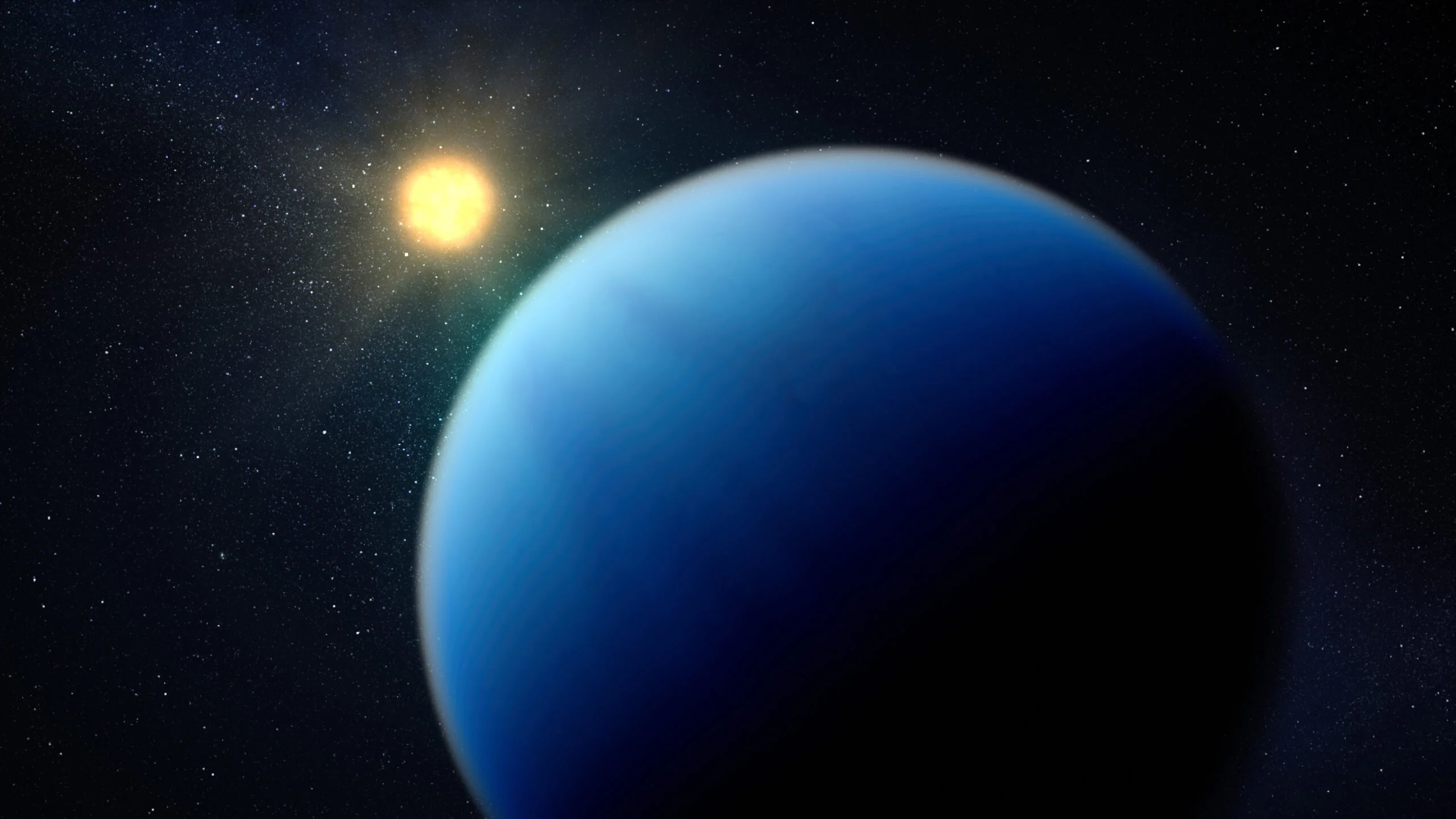MI weekly selection #602

Map highlights ocean pathways for marine species
Researchers have created the Migratory Connectivity in the Ocean database, an interactive map that traces routes of 109 marine species. The map, based on 30 years of data, highlights the need for international cooperation to protect these species as their habitats cross national borders.
Full Story: ScienceAlert
Major US cities sinking due to groundwater extraction
Research reveals that 28 major US cities are sinking by 2 to 10 millimetres per year, with Houston experiencing the fastest subsidence. The study attributes the sinking primarily to massive groundwater extraction, which poses a significant risk to infrastructure.
Full Story: Newsweek
How do flowers mimic scent of decay to attract insects?
Scientists have discovered how some flowers mimic the smell of decaying flesh to attract pollinators such as flies and beetles The study shows that flowers across at least three families have evolved a similar genetic pathway to produce dimethyl disulfide, a compound responsible for the foul odour.
Full Story: Popular Science
Geopolymer serves as an electrolyte in a battery
Researchers have developed a cement-like material from metakaolin that acts as a solid electrolyte in a rechargeable battery. The material shows promise for energy storage and construction, although challenges such as hydrogen evolution and water loss must be addressed.
Full Story: Chemistry World
Discovery enhances understanding of sub-Neptunes
The James Webb Space Telescope has observed TOI-421 b, a sub-Neptune exoplanet, revealing a hydrogen-rich atmosphere with water vapor, sulfur dioxide and carbon dioxide. The study in The Astrophysical Journal Letters offers details of the formation and evolution of sub-Neptunes, which are common in the galaxy but absent in the solar system.
Full Story: Astronomy